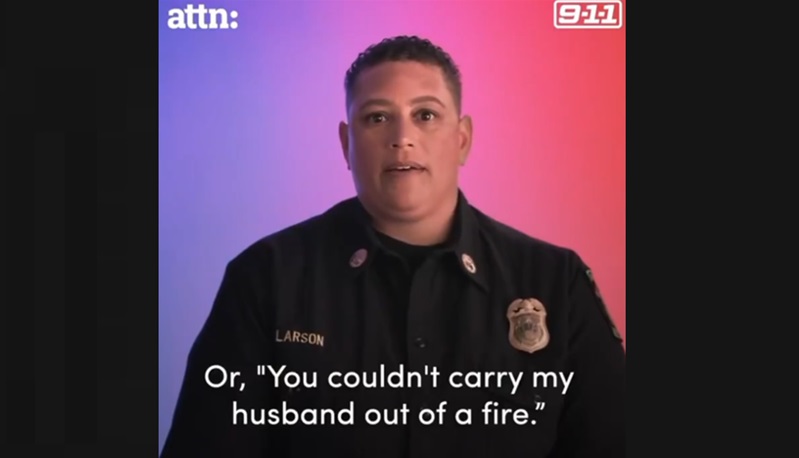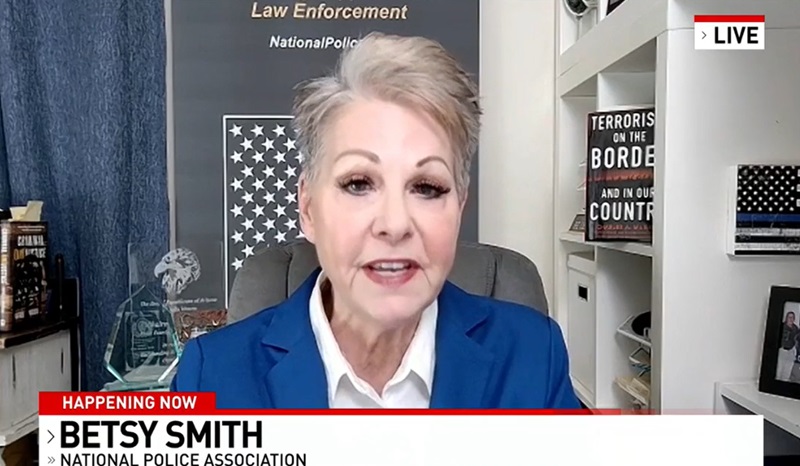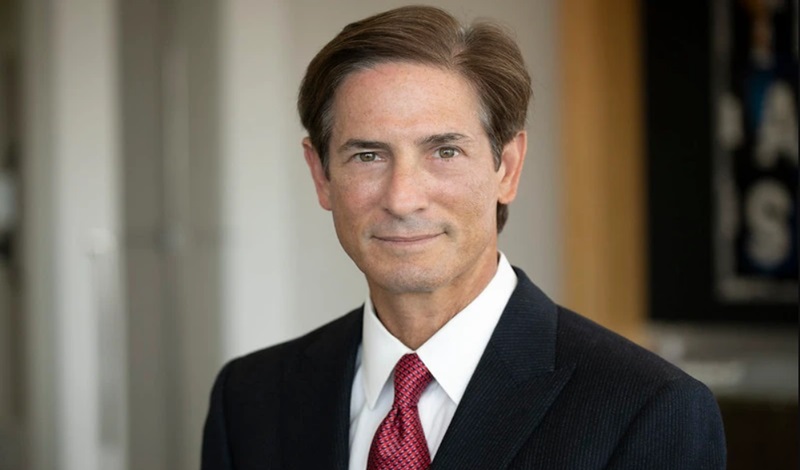
Fire and police departments, long respected for their commitment to physical capability, have increasingly relaxed their fitness standards in the name of expanding the hiring pool. Whether justified as a response to recruitment shortages or as a mechanism to advance diversity, equity, and inclusion (DEI) initiatives, the end result is the same: an erosion of the standards that ensure first responders’ competence and safety. And while Assistant Chief Kristine Larson’s crass and insensitive remark about a firefighter’s ability to carry an individual out of harm’s way deserves criticism, it serves as a window into a larger and more troubling reality. The lowering of fitness standards is not merely unwise—it is dangerous, no matter the excuse.
Assistant Chief Larson’s comment, “Am I able to carry your husband out of a fire? He got himself in the wrong place,” is as tactless as it is revealing. Her words trivialize the core mission of firefighters: to save lives. The remark betrays a lack of regard for the public’s expectation that those sworn to protect them possess the physical and mental fortitude to do so. Yet this is precisely what happens when fitness standards are deprioritized. The physical demands of firefighting and policing are non-negotiable. Fires do not care about increasing the size of the applicant pool, and violent criminals are indifferent to diversity metrics. When lives are on the line, only capability matters.
For generations, police officers and firefighters were respected not only for their courage but also for their physical preparedness. Yet today, we witness a growing inclination to dilute these standards under the guise of inclusivity and recruitment challenges. Some argue that these changes are necessary to address workforce shortages or to ensure greater demographic representation. But the lowering of standards—whether to fill hiring needs or to achieve a social goal—inevitably comes at a price: the safety of first responders and the public they serve.
Firefighters must carry heavy equipment, navigate smoke-filled environments, and rescue individuals who may weigh more than themselves. These tasks require not just technical skills but also strength and stamina. If fitness standards are relaxed to the point where some recruits cannot perform these tasks, what happens in an emergency? Who suffers when a firefighter cannot haul an unconscious individual from a burning building? The answer is painfully obvious: lives are lost.
Police officers routinely face situations that require pursuit, restraint of resisting suspects, and endurance under stress. An officer who lacks the physical capacity to engage in these scenarios is a liability—not just to themselves but also to their colleagues and the community they serve. Lowering standards to accommodate more applicants places public safety at risk and undermines the very purpose of the profession.
The trend of diluting standards is often cloaked in the language of DEI. Proponents argue that traditional fitness benchmarks disproportionately exclude certain groups and that redefining these standards is essential for creating a more inclusive workforce. This argument is flawed. Physical fitness is not a social construct; it is an objective measure of the ability to perform life-saving tasks. A burning building or an armed assailant does not care about demographic representation.
Moreover, the push to lower standards in the name of inclusivity risks perpetuating harmful stereotypes. It suggests that certain groups cannot meet the rigorous demands of the job and must therefore be given special accommodations. This is not only patronizing but also deeply unfair to those who are fully capable of meeting—and exceeding—traditional benchmarks. True inclusivity is not achieved by lowering the bar but by ensuring that all individuals have access to the training and resources necessary to meet high standards.
Yes, there is a national shortage of police officers and firefighters, but the solution is not to compromise on quality. Improved pay, better working conditions, and enhanced community outreach can all help address recruitment shortfalls without jeopardizing standards.
Kristine Larson’s remark, though appalling in its flippancy, highlights the broader cultural shift that has taken root in our public safety institutions. It reflects a mindset that prioritizes appearances over substance, numbers over competence, and politics over preparedness. This is a dangerous path. The stakes are too high, and the consequences too severe, to allow our first responder agencies to become vessels for social experimentation at the expense of their core mission.
In the end, the public does not care about the demographic makeup of the firefighter who pulls them from a burning building or the police officer who responds to their call for help. They care only that these individuals are capable of doing the job. The standards we uphold today will determine the safety and security of our communities today.






